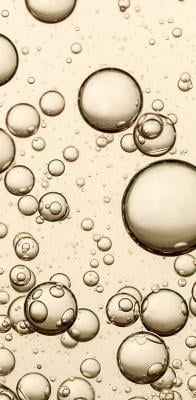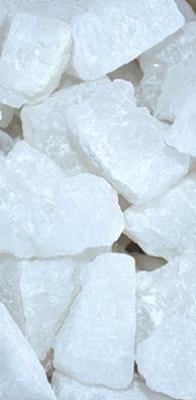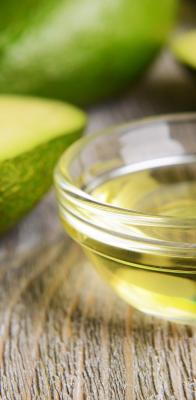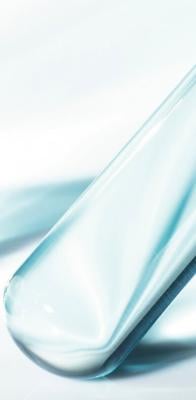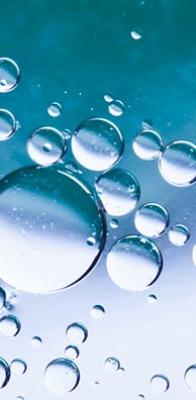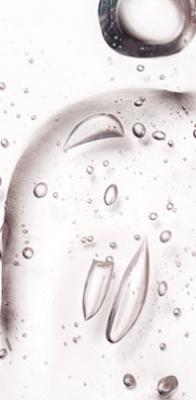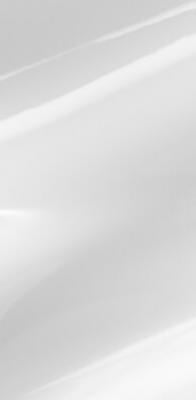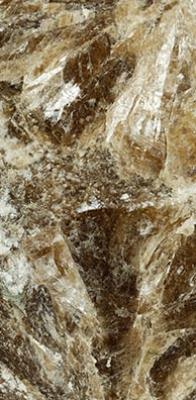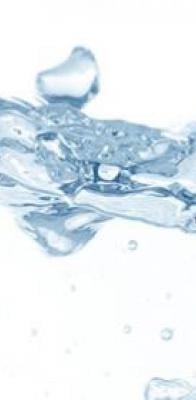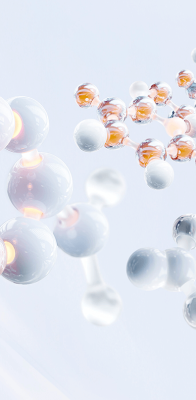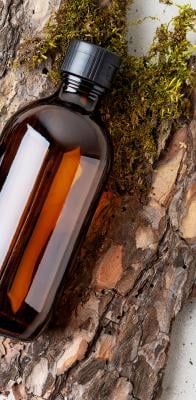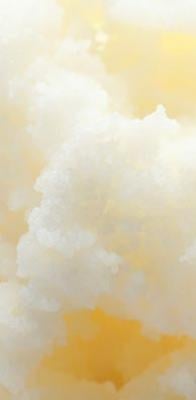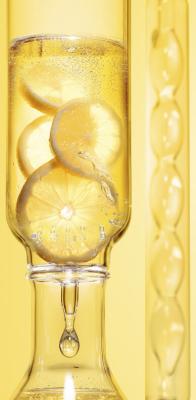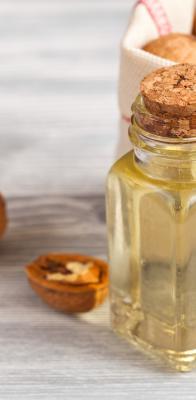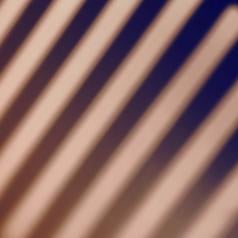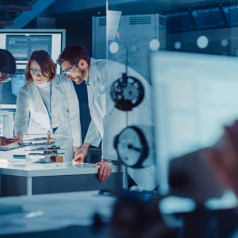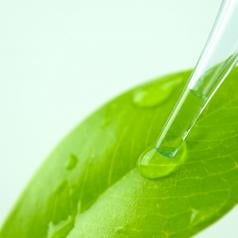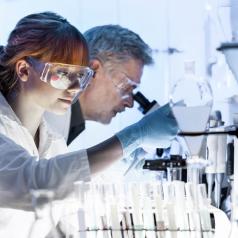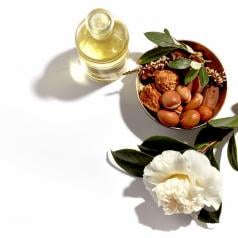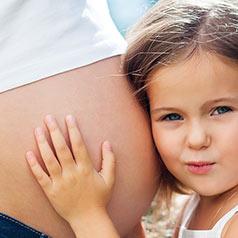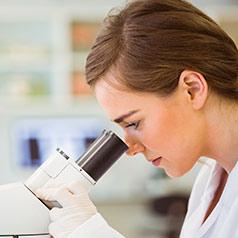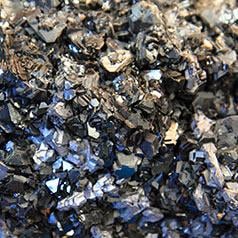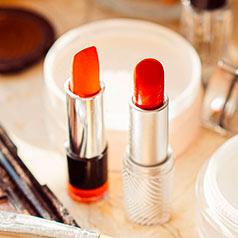Ultra-long ultraviolet-A (UVA) radiation, which can pass through cloud cover and glass, is one of the chief causes of skin aging and combines with other UVA and UVB rays to contribute to the development of skin cancer.
L’Oréal Research & Innovation proudly presents UVMune 400.
L'Oréal Research unveils UVMune 400
Depending on the time of day, the season, altitude, and the weather, your skin is exposed to solar radiation and especially to long UVA. These rays reach your skin all year round. Today, L’Oréal is launching UVMune 400, our first filtering technology to protect skin effectively against ultra-long UVA.
- 80% of aging signs (pigmentation and wrinkles) are caused by exposure to the sun1
- 95% of UV radiation that reaches the Earth is UVA2
- 30% of UV radiation is in the last 20 nm of the spectrum, between 380 and 400 nm (ultra long UVA)
- 20x the skin is 20 times more exposed to UVA than to UVB radiation3
 | UVB, short UVA, and long UVA – how do they affect our skin?Solar radiation is comprised of ultraviolet (UV) rays of various wavelengths. UVB rays (between 280 and 320 nm) make up at most 5% of UV and are responsible for sunburns. UVA rays account for 95% of the UV rays that reach the Earth and can cause serious skin damage, including aging. UVA is further divided into short UVA (between 320 and 340 nm) and long UVA (between 340 and 400 nm), and among them ultra-long UVA (between 380 and 400 nm). Ultra-long radiation is one of the chief causes of skin aging and combines with other UV rays to contribute to the development of skin cancer. Discover more about the UV rays and the skin daily protection |
Harnessing Scientific expertise for skin health
Drawing on more than 85 years of experience in sun protection and its unique scientific knowledge of skin, L’Oréal Research has spent decades developing a range of patented filters. In 1982, the Group launched Mexoryl SX, a filter that provides effective protection against short UVA. In 1985, L’Oréal came out with Parsol 1789, the first photostabilization patent, which made it possible to filter long UVA rays up to 360 nm. Then in 1989, it released Mexoryl XL, a filter capable of absorbing UVB and short UVA, while also making other filters more effective.
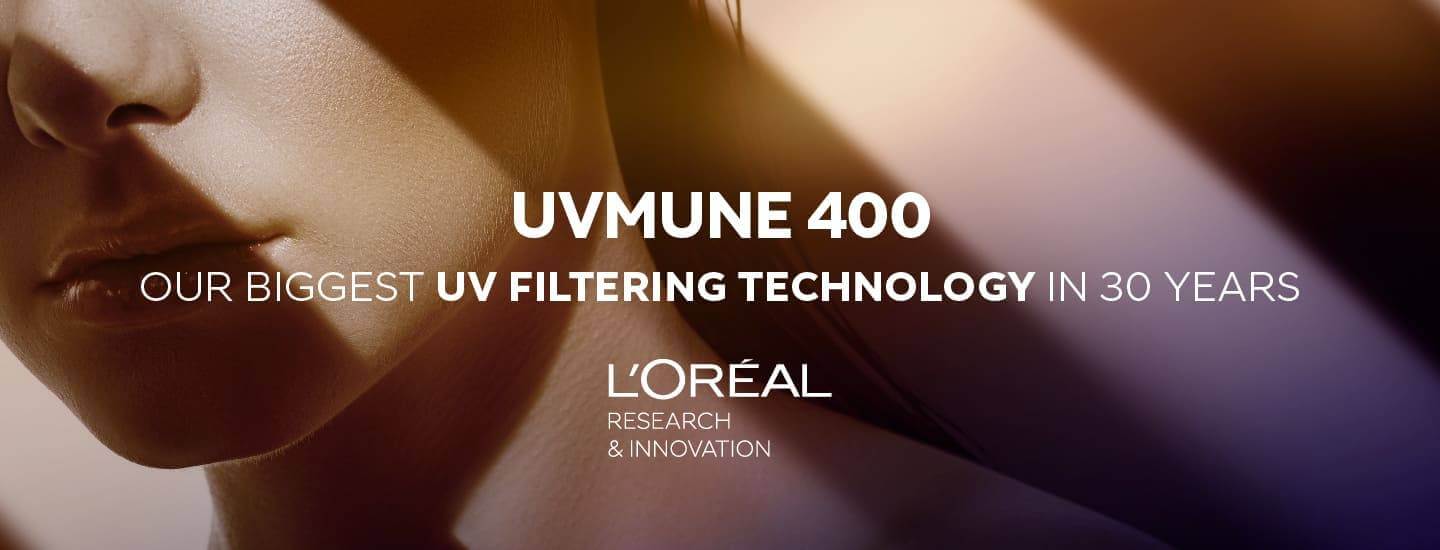
UVMune 400 thus helps preventing the skin from the effects of ultra-long UVA on the skin, which include:
- Oxidative stress ;
- Pigmentation ;
- Modification of genes involved in skin cancer ;
- Immune response disruption ;
- Damage caused by photopollution ;
- Photoaging signs such as wrinkles, loss of skin elasticity, and spots.
+65 studies were conducted during the development of the new Mexoryl 400 filter
6 Scientific Publications have been Published*
25 patents have been filed for Mexoryl 400
*4 on knowledge of skin damage induced by long UVA rays and the interest of better protecting the skin from this radiation specifically and 2 on Mexoryl 400. Four other publications on the benefits of this new filter are in preparation.
UVMune 400 is a technology capable of delivering broad photoprotection across the entire UV spectrum. La Roche-Posay is the first L’Oréal brand to launch UVMune 400 through its Anthelios franchise. Combined with Netlock technology, it offers ultimate protection with an ultra-light, non-greasy, invisible texture that is resistant to water, sweat and sand. With Anthelios UVMune 400, La Roche Posay protects against the deep cell damage linked to signs of premature aging and prevents DNA lesions that can lead to skin cancer.
1 Flament et al. Effect of the sun on visible clinical signs of aging in Caucasian skin. 2013. Clin Cosmet Investig Dermatol. 6: 221-232
2 Battie and Verschoore. Cutaneous solar ultraviolet exposure and clinical aspects of photodamage. Indian J Dermatol Venerol Leprol. 2012; 78:9-14
3 New Insights in photoaging, UVA-induced damage and skin types. 2014. Exp Dermatol. 23(1):7-12


